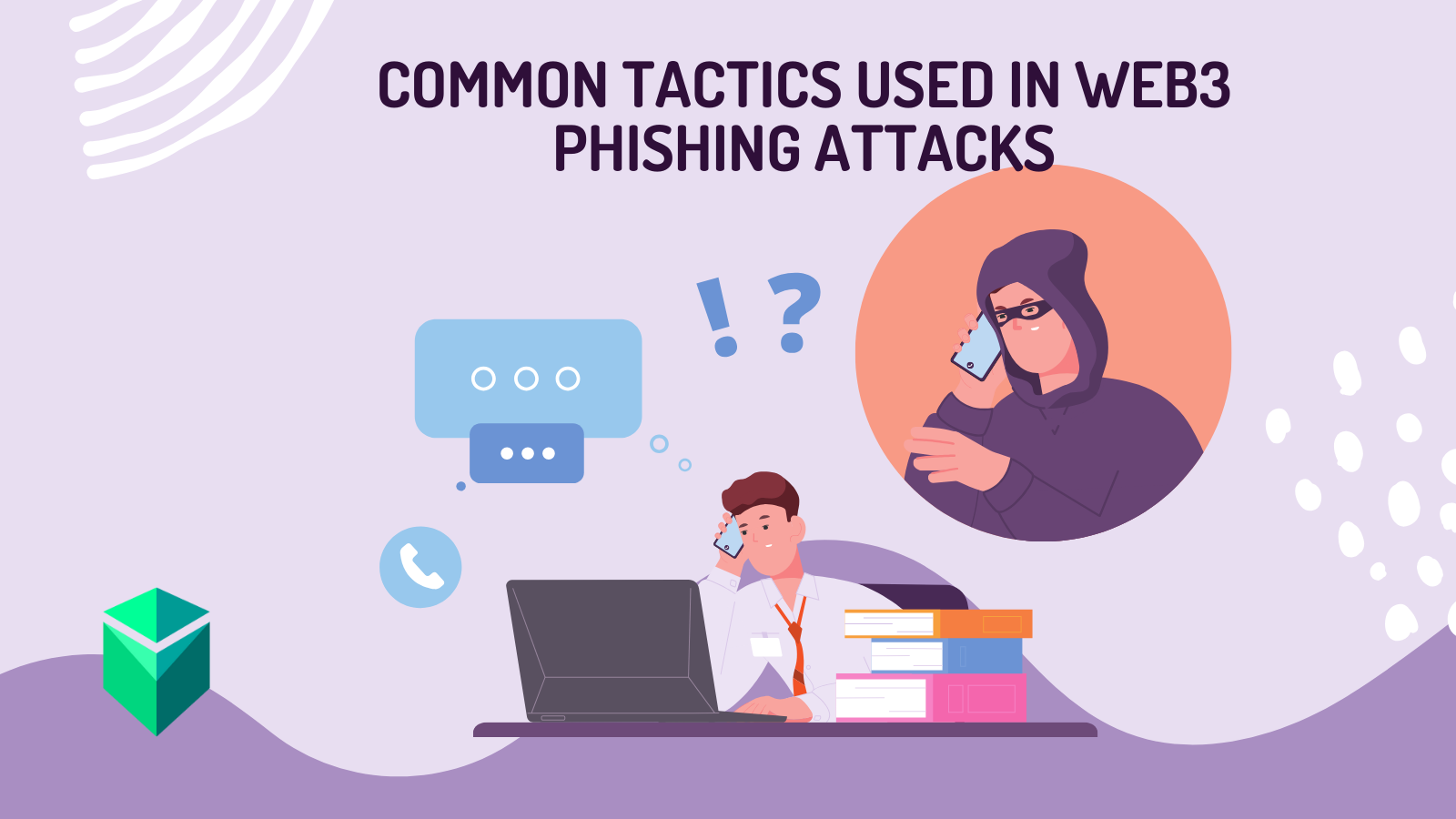Technical Deep Dive: Analyzing Phishing Smart Contracts
As blockchain technology and decentralized applications (dApps) become increasingly prevalent, so too do the sophisticated tactics employed by malicious actors. One of the more insidious threats in the Web3 space is the use of phishing smart contracts. These contracts are designed to deceive users and extract their valuable assets. In this article, we will conduct a technical deep dive into phishing smart contracts, examining how they work, the tactics used, and how to identify and protect against them.
Understanding Smart Contracts
Smart contracts are self-executing contracts with the terms of the agreement directly written into code. They run on blockchain networks like Ethereum, enabling secure and transparent transactions without intermediaries. However, their programmability also opens the door for malicious exploitation.
How Phishing Smart Contracts Work
-
Deceptive Interfaces
- Fake dApps: Malicious actors create fake dApps that closely resemble legitimate ones. These dApps often prompt users to connect their wallets and authorize transactions.
- Imitation Tokens: These contracts may involve fake tokens that mimic popular cryptocurrencies. Users are tricked into thinking they are interacting with genuine assets.
-
Malicious Code Execution
- Approval Functions: A common tactic involves tricking users into granting broad permissions. For instance, a smart contract might ask for approval to spend an unlimited amount of a user's tokens.
- Hidden Functions: Malicious code can be hidden within seemingly benign functions. Once executed, these functions transfer funds to the attacker’s wallet without the user's knowledge.
-
Social Engineering
- Airdrop Scams: Attackers may distribute tokens through airdrops, encouraging users to interact with the contract to claim their tokens. These interactions often trigger malicious functions.
- Phishing Links: Links to phishing smart contracts are often spread via social media, forums, or phishing emails, enticing users with promises of free tokens or exclusive access to new dApps.
Case Studies: Real-World Examples
-
The Fake Uniswap Token Scam
- Incident: A phishing smart contract mimicked Uniswap, a popular decentralized exchange. Users were prompted to approve the contract to trade a new token.
- Outcome: Once approved, the contract drained the users' wallets of their actual Uniswap tokens (UNI), causing significant losses.
-
The DeFi Rug Pull
- Incident: A seemingly legitimate DeFi project launched with a smart contract containing hidden functions. Once enough users invested, the developers triggered these functions to transfer all funds to their own wallets.
- Outcome: Investors lost millions, and the perpetrators disappeared, leaving no recourse for the victims.
How to Identify Phishing Smart Contracts
-
Code Audits and Verification
- Third-Party Audits: Use dApps and smart contracts that have been audited by reputable security firms. Audits help ensure the contract's code is secure and free from malicious functions.
- Open Source Code: Prefer projects with open-source code available for public review. This transparency allows the community to scrutinize the contract for potential vulnerabilities.
-
Analyzing Permissions
- Review Approval Requests: Be wary of contracts requesting broad permissions, such as unlimited spending of tokens. Use wallet interfaces that allow you to set spending limits for each contract.
- Revoking Permissions: Regularly review and revoke permissions for contracts you no longer interact with. Tools like Etherscan’s Token Approval Checker can help manage these permissions.
-
Community Reputation
- Project Research: Investigate the reputation of the project and its developers. Look for community feedback and reviews on platforms like GitHub, Reddit, and specialized forums.
- Trusted Sources: Use links and information from official sources only. Bookmark official websites and avoid clicking on links from unsolicited messages or unfamiliar sources.
Protecting Yourself Against Phishing Smart Contracts
-
Secure Wallet Practices
- Hardware Wallets: Use hardware wallets for significant amounts of cryptocurrency. These wallets keep your private keys offline, providing an additional layer of security.
- Multi-Signature Wallets: Consider using multi-signature wallets for added protection. These wallets require multiple approvals before a transaction can be executed.
-
Education and Awareness
- Stay Informed: Keep up with the latest security news and updates in the Web3 space. Follow reputable sources and participate in community discussions to stay aware of emerging threats.
- Training: Engage in security training and awareness programs to understand the latest phishing tactics and how to avoid them.
-
Use Security Tools
- Phishing Detection: Utilize browser extensions and security tools designed to detect phishing attempts and malicious contracts. Tools like MetaMask and MyEtherWallet offer features that help identify and block suspicious activity.
- Regular Updates: Ensure your wallet software and security tools are regularly updated to benefit from the latest security patches and features.
Conclusion
Phishing smart contracts represent a significant threat in the rapidly evolving Web3 ecosystem. By understanding how these malicious contracts operate and adopting robust security practices, users can protect themselves and their assets. Continuous education, vigilance, and the use of advanced security tools are essential in mitigating the risks associated with phishing smart contracts. As the Web3 space grows, so must our collective efforts to ensure its security and integrity.


